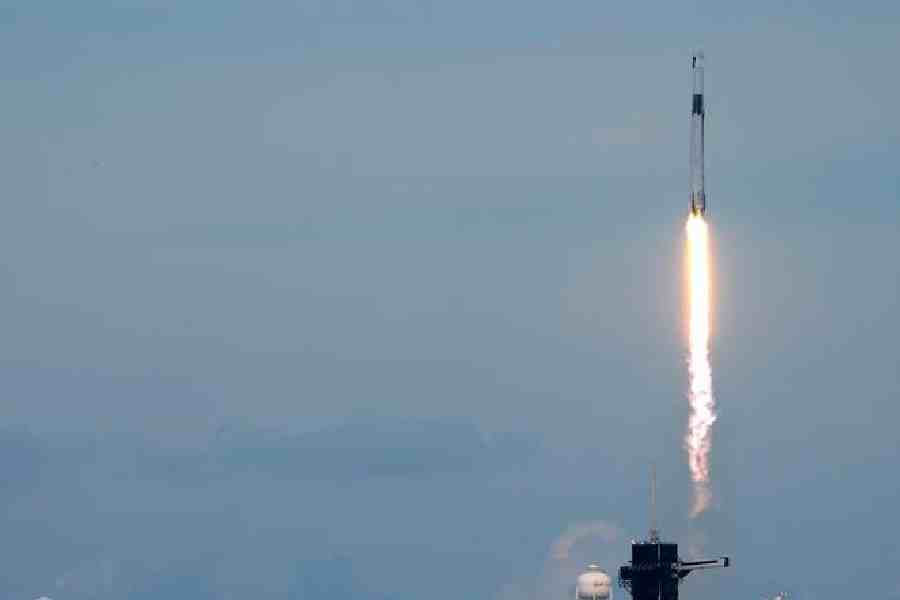On Tuesday morning, Jared Isaacman, a billionaire entrepreneur, launched to space for a second time. The mission, known as Polaris Dawn, is a collaboration between Isaacman and SpaceX, the rocket company led by Elon Musk.
“Send us, SpaceX,” Isaacman said with just over 30 seconds left in the countdown.
At 5:23 am Eastern time, a Falcon 9 rocket lifted off from Nasa’s Kennedy Space Center in Florida. Less than 15 minutes later, the crew of four astronauts inside the Crew Dragon capsule — that will be their home for the next five days — were in orbit.
“We’re going to get to work now,” Isaacman said in an exchange with the launch controllers on the ground.
The Polaris Dawn mission will mark some milestones for private spaceflight — the first spacewalk conducted by nonprofessional astronauts, and the farthest journey from Earth by anyone since Nasa’s moon landings more than 50 years ago.
The launch was scheduled for August 28, but was called off because of a helium leak. After that, unsettled weather around Florida has proved troublesome — not so much for the launch, but for the splashdown on the sixth day.
The Polaris Dawn mission carries limited amounts of air, food, and other supplies. “Unlike an ISS mission, we don’t have the option to delay long on orbit, so we must ensure the forecast is as favourable as possible before we launch,” Isaacman explained on X, referring to the International Space Station.
On Tuesday, the weather outlook improved, and the Polaris Dawn astronauts boarded their spacecraft. However, they had to wait on the ground. Because of rain showers near the first launch opportunity, at 3:38 am, it was skipped. Then the skies cleared up enough for the launch. In addition to Isaacman, the crew consists of Scott Poteet, a retired Air Force lieutenant colonel and pilot who is a friend of Isaacman’s; and two SpaceX employees, Anna Menon, a space operations engineer, and Sarah Gillis, an engineer who oversees astronaut training.
The launch put the spacecraft and crew on an elliptical orbit that comes within 190km of the Earth’s surface and then swings out to an altitude of 1,200km. That is the farthest from Earth that anyone has travelled since the Apollo moon missions.
Several orbits later, a thruster firing will push the farthest point of the orbit even farther out, to 1,400km. That will be higher than the 1,373-km altitude that the Nasa astronauts Pete Conrad and Richard Gordon reached during the Gemini XI mission in 1966, the record for astronauts on a spaceflight that was not headed to the moon.
The elliptical orbits will provide new insights into the bombardment of radiation and micrometeroids farther out in space. Another thruster firing will drop the Crew Dragon into a lower orbit for the rest of the mission.
A spacewalk is scheduled for Thursday, the third day of the mission.
All four crew members will put on their spacesuits, and then all of the air will be let out of the capsule. The hatch will then be opened and the inside of the spacecraft will become part of the vacuum of outer space.
Only two people — Isaacman and Gillis — are to leave the capsule to do the walk. Poteet and Menon will remain in the capsule to manage the umbilical cords and monitor the readings to make sure everything is proceeding properly.
The main goal of the spacewalk is to test the spacesuits, which SpaceX developed for this flight. The spacesuits are an evolution of those worn on earlier SpaceX missions, adding capabilities like protection against micrometeroids and temperature controls for the astronauts.
New York Times News Service











